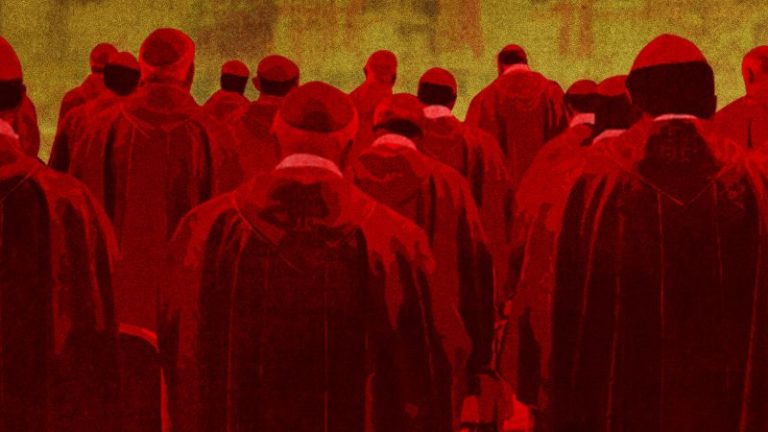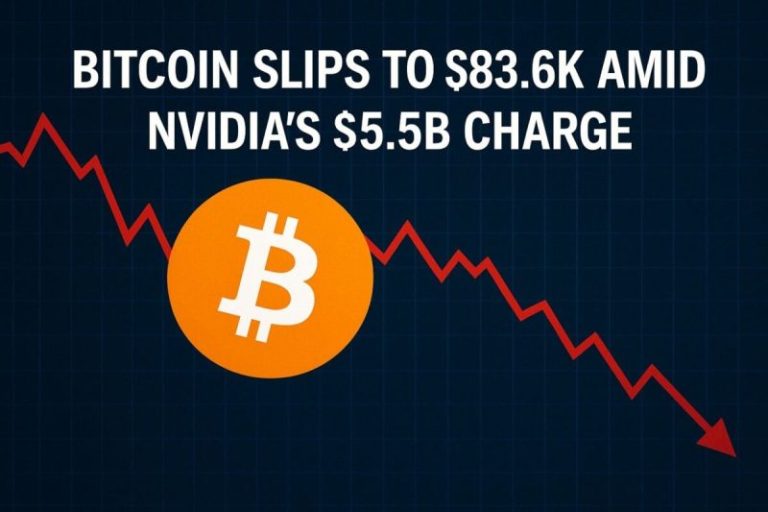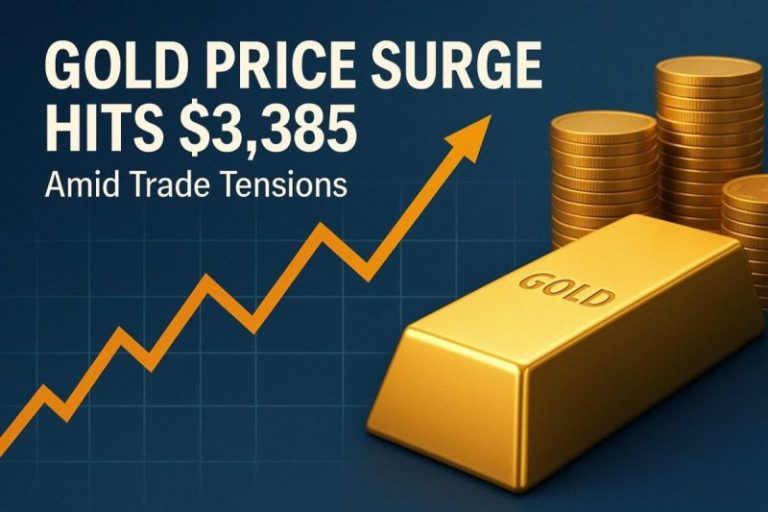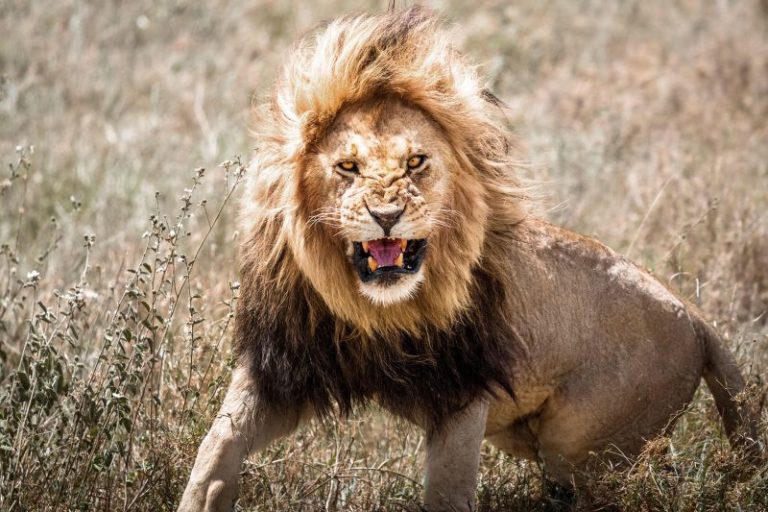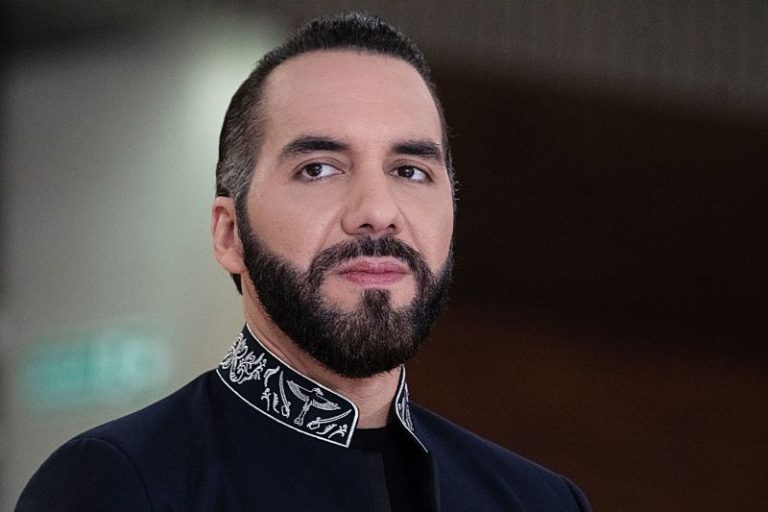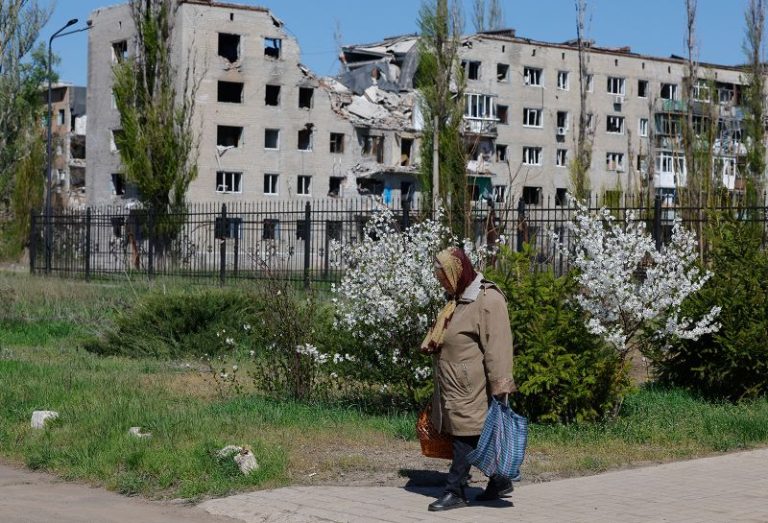An old saying about papal elections goes as follows: “He who enters the conclave as pope, leaves it as a cardinal.” In other words, any candidate seen as the frontrunner before the voting begins should be treated with caution, and no cardinal should go into the Sistine Chapel assuming they will get the votes.
At the 2013 conclave, one of the favorites was Cardinal Angelo Scola of Milan. The Italian bishops were so confident that he would be chosen that after the white smoke emerged from the Vatican chimney, a senior Italian church official sent a message to reporters expressing joy over Scola’s election. The problem was that Cardinal Jorge Bergoglio had already been named pope.
This conclave is going to be crucial for deciding the future direction of the Roman Catholic Church, and the field of candidates is wide open thanks to Pope Francis’ reforms.
During his pontificate, Francis overhauled the composition of the body that will elect his successor, making it more representative of the worldwide church.
He threw out the old, unwritten rulebook that bishops of certain dioceses (several of them in Italy) would automatically be made cardinals and instead gave red hats to bishops in parts of the world that had never had them before, such as Tonga, Haiti and Papua New Guinea. Several of them are “outsiders” to the Roman system, so it makes it harder to predict how they will vote.
Nevertheless, only a few cardinals have the requisite skills, experience and personality suitable to taking on the role of leading the Roman Catholic Church.
Electors will need to consider the priorities of the church and the profile of the next candidate. They will also need to consider whether the next pope should continue the reforms started by Francis or take a different direction.
They will be looking for someone able to lead a global church and offer credible moral leadership on the world stage. Some see the church’s future as lying in Asia, which has led to speculation the next pope could be from Southeast Asia.
Age is also a factor, with the last two conclaves opting for older popes to ensure shorter pontificates.
Papal candidates are known as “papabile” or translated from the Italian, “pope-able.” The vast majority of the papabile were appointed by Pope Francis, although two were chosen by Benedict XVI. Here are some of the contenders.

